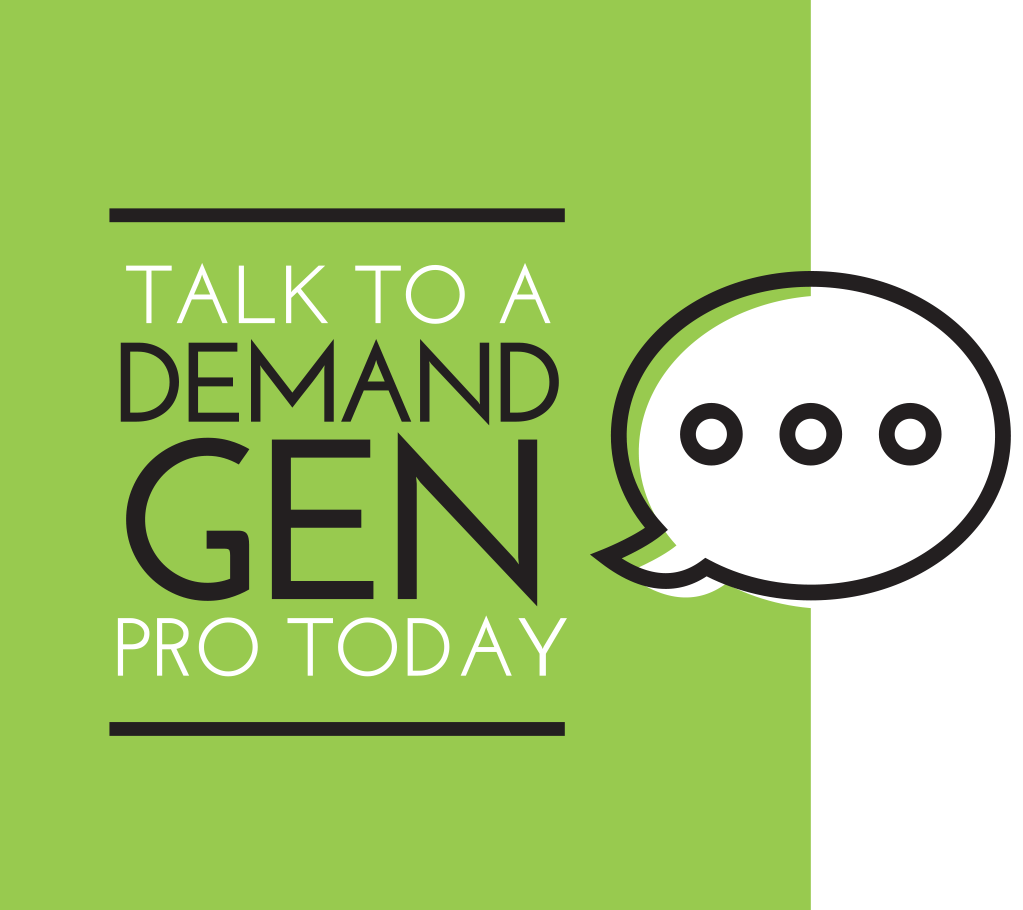A Revenue Continutity Plan? Yes.

7 SALES PIPELINE MUST HAVES FOR YOUR REVENUE CONTINUITY PLAN
A Revenue Continuity Plan? Yes. We’re talking about a legit, documented plan of action for attaining revenue that will mitigate risk and keep your business afloat. Cash flow is a fundamental, crucial component of any business. Yet, how many people can flip to this section of their Business Continuity Plan?
Everyone’s Business Continuity Plan has been put to the ultimate test over the past few months. Our solutions for keeping people, technology, and critical business operations up and running have been stretched beyond what anyone could have planned or expected.
Just like every other essential business function, revenue warrants effective contingency planning. The purpose of a Revenue Continuity Plan is to lay-out a viable business strategy for acquiring revenue with proactive monitoring of results, triggers that signal risks/issues and specific action steps that will be taken to achieve goal. How would having a safeguard like this change your life right now?
Top 3 Reasons You Need A Revenue Continuity Plan:
- Income! After safety and wellness, income is the top concern for 99% of people and businesses in the world right now.
- Increase your probability of success. By having 20/20 clarity of what it takes for your sales pipeline to reach goal, you can put procedures in place to monitor and execute effectively.
- Communicate and align the priorities and strategies of your sales and marketing teams with the rest of your organization. Funding decisions for other parts of the business may be impacted.
Of course, every Revenue Continuity Plan should include things like internal resource evaluation, technology needs, and renegotiation of marketing, vendor, and partner contracts. However, the most critical component of the plan is the sales pipeline.
A primary enabler of revenue is the sales pipeline. We know that a sales pipeline requires constant fluidity, and if you stand any chance of achieving goal, there needs to be enough opportunities consistently pouring into the top of the funnel. Otherwise, the volume making its way through and coming out of the bottom cannot achieve goal. Even with the best closers in the world, the math just will not add-up. A solid Revenue Continuity Plan will increase confidence in having the right information and capabilities for a sales pipeline to produce results.
7 Sales Pipeline Must Haves For Your Revenue Continuity Plan
Clearly defined stages and components of your sales pipeline. This is foundational. Describe what each means and why it matters. Examples may include data, leads, prospects, MQL’s, SQL’s, opportunities, proposals, etc. Surprisingly, Marketing Sherpa reports that 68% of B2B companies have not identified their sales funnel … in essence, most are operating blind with limited ability to create repeatable, forecastable revenue results.
Metrics (KPI’s) associated with each stage of your sales pipeline. Examples may include engagement rates, volume, conversion rates from one stage to the next, aging/cycle time, average lifespan of a customer, average revenue per sale, etc.
-
- State how they are measured and calculated.
- Establish credible reporting to provide visibility.
- Track results holistically and by key contributors. This will identify strong and non-performing areas of opportunity. For example, review results by individual sales representatives, lead sources, marketing mediums, etc.
Goals set for each metric.
-
- Working backwards from the overall revenue goal, reverse engineer your pipeline to clearly understand goals for volume and conversion at each stage.
- Create a scorecard to show actual pipeline performance vs. goals.
- Regularly review goals for needed adjustments.
Owners and executors assigned to each stage, including key talent that’s needed.
Triggers associated with each stage that will identify when actions need to be taken. Most stages will have multiple triggers. For example:
-
- Early pipeline flow is falling X% below goal.
- Conversion from opportunity to proposal dropped by Y%.
- Average revenue per sale dropped below X.
Criteria to diagnose the root cause and impact of performance triggers. For example:
-
- Is trigger associated with an isolated contributor or holistic pipeline issue?
- Does the trigger signal a short term or long term need?
- Can external expertise improve the performance issue?
ACTONS!
-
- Increase or eliminate staff.
- Change the marketing mix and/or sources.
- Up the ante – invest in strategies/tactics with proven growth.
- Outsource activities to gain momentum or expertise.
Today’s crisis heightens the urgency and need for this type of prescriptive pipeline management to drive revenue and mitigate risk. But during a normal course of business, always, this sales operation practice will produce repeatable success.


